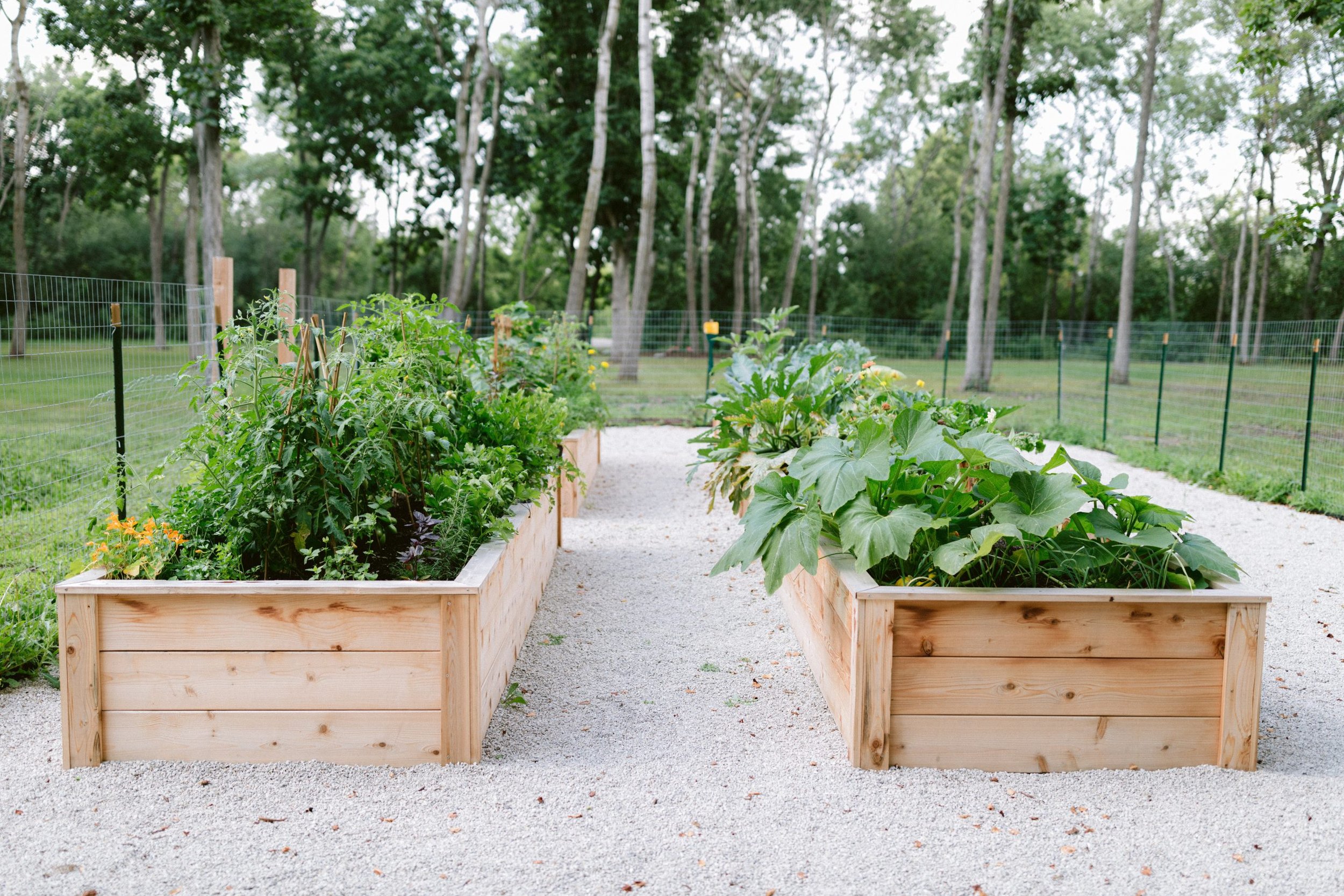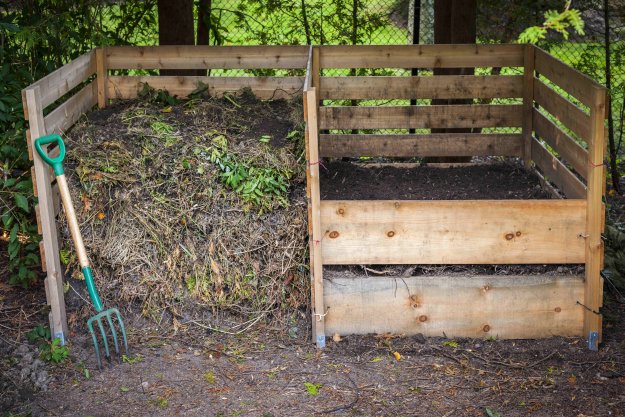Watering and Soil Management Tips for Homestead Gardening
Watering and Soil Management Tips for Homestead Gardening
Blog Article
Learn How to Grow a Flourishing Gardening Environment for All Ability Levels
Developing a prospering garden is a multifaceted endeavor that can be accepted by individuals at any kind of skill degree. By taking a look at essential components such as soil health, appropriate plant option, and seasonal care regimens, one can create a sustainable gardening practice that yields gratifying outcomes. Recognizing exactly how to analyze and boost your yard space lays the structure for success. Yet, the intricacies of executing these concepts usually existing obstacles that can prevent even the most passionate amateur. What techniques can be utilized to get rid of these obstacles and cultivate a really growing setting?
Comprehending Your Garden Space
In the realm of gardening, understanding your yard space is extremely important to growing a flourishing landscape (Homestead Gardening). The initial step in this endeavor involves evaluating the certain qualities of your story. Variables such as soil make-up, sunshine direct exposure, and drain play important roles in figuring out the suitability of your garden for numerous kinds of plants
Begin by performing a dirt test to analyze pH levels and nutrition web content, which will certainly inform any type of necessary modifications. In addition, observe just how much sunlight your area receives throughout the day. Different plants have differing light needs; some thrive in complete sunlight, while others prefer full or partial shade.

Last but not least, assess the offered space and strategy appropriately. This includes thinking about plant elevations and spread out to guarantee sufficient area for development without congestion. By gaining a thorough understanding of your garden space, you established the foundation for a successful horticulture experience.
Picking the Right Plant Kingdoms
Picking the right plants for your yard requires mindful consideration of numerous variables, including environment, dirt problems, and personal choices. Beginning by analyzing your regional climate, as particular plants grow in particular temperature varieties and weather condition patterns. As an example, tropical plants might not survive in chillier areas, while sturdy perennials can hold up against rough winter seasons.

Consider your personal preferences, including aesthetic appeal and upkeep degrees. Decide whether you like lively blossoms, lush foliage, or edible crops. Furthermore, consider the moment and initiative you are willing to buy plant treatment, as some selections require more interest than others.
Lastly, think about the yard's layout and light exposure. Sunshine patterns throughout the day will certainly influence your selections-- some plants need complete sun, while others thrive in shade. By thoughtfully examining these aspects, you can develop a harmonious and productive garden tailored to your setting and tastes.
Essential Horticulture Tools
A fully equipped gardener can dramatically enhance their gardening experience and outcomes. Important horticulture tools are basic to growing an effective garden, regardless of skill level. First, a strong spade is vital for digging and turning dirt, while a trowel enables for accurate planting additional reading and hair transplanting of smaller sized plants.
Pruning shears are essential for preserving plant health by eliminating thick or dead branches, promoting far better air blood circulation and development. Furthermore, a hand rake works for getting rid of particles and aerating the soil, making sure ideal conditions for plant origins.
Gardening handwear covers secure hands from sores, thorns, and chemicals, making them an essential device. A watering can or tube with an adjustable nozzle ensures that plants get sufficient wetness without overwatering.
Finally, consider buying a durable wheelbarrow for delivering useful site soil, plants, and tools around the yard effectively. By constructing a high quality toolkit that consists of these crucial things, gardeners can tackle various tasks with confidence and convenience, paving the means for a growing horticulture environment. Keep in mind, the right devices not just enhance effectiveness yet also enhance the total enjoyment of the gardening process.
Dirt Prep Work and Maintenance
Quality soil is the structure of an effective garden, making proper prep work and upkeep vital for healthy and balanced plant development. The very first step in dirt prep work entails checking its pH and nutrient degrees. browse this site This can be attained through soil screening sets offered at gardening centers or via expert solutions. Based on the examination results, amendments can be made to optimize soil problems for certain plant demands.
Integrating natural matter, such as garden compost or well-rotted manure, is essential for improving dirt structure and fertility. This not just enhances vitamins and mineral availability but likewise advertises valuable microbial task. Furthermore, correct drainage is important; hefty clay dirts might call for the addition of sand or perlite to improve oygenation.
Routine maintenance of soil health consists of mulching, which conserves moisture and subdues weeds. Revolving plants annually assists prevent nutrient exhaustion and minimizes pest and disease risks. It is likewise crucial to avoid over-tilling, which can disrupt dirt framework and damage useful organisms.
Eventually, a consistent commitment to dirt preparation and upkeep will certainly bring about a flourishing garden, making sure that plants receive the crucial nutrients they require for robust development and performance.
Seasonal Treatment and Administration

In springtime, concentrate on growing new seeds and seedlings, while also performing soil tests to change nutrient deficiencies. Routinely check for conditions and insects, as these can multiply with the warming climate. Summer needs consistent watering and mulching to preserve wetness, in addition to pruning for far better air blood circulation.
As autumn strategies, it's time to prepare the yard for inactivity. This consists of collecting plants, tidying up particles, and using a layer of compost to safeguard plant origins from frost. Think about planting cover crops to enrich the dirt throughout the winter season.
Finally, winter months care is vital. Check structures like greenhouses for damage and make certain appropriate insulation for delicate plants. Regularly monitor for insects that might look for refuge inside your home. By adjusting your horticulture practices to the seasonal cycles, you can foster a flourishing atmosphere that sustains plant health and wellness year-round.
Conclusion
In conclusion, growing an effective yard requires a comprehensive understanding of necessary principles such as soil make-up, sunshine direct exposure, and appropriate plant selection. Normal seasonal treatment and management techniques better boost plant wellness and efficiency.
Choosing the right plants for your yard requires cautious factor to consider of numerous elements, consisting of environment, soil conditions, and individual preferences. Conduct a soil test to determine pH levels and vitamins and mineral content, which will certainly guide you in choosing plants that will certainly prosper in your garden.Finally, take into consideration investing in a durable wheelbarrow for delivering soil, plants, and tools around the yard successfully.Quality dirt is the structure of an effective yard, making proper prep work and upkeep important for healthy plant growth. Homestead Gardening.In verdict, cultivating a successful garden requires a comprehensive understanding of necessary concepts such as dirt structure, sunshine exposure, and ideal plant option
Report this page